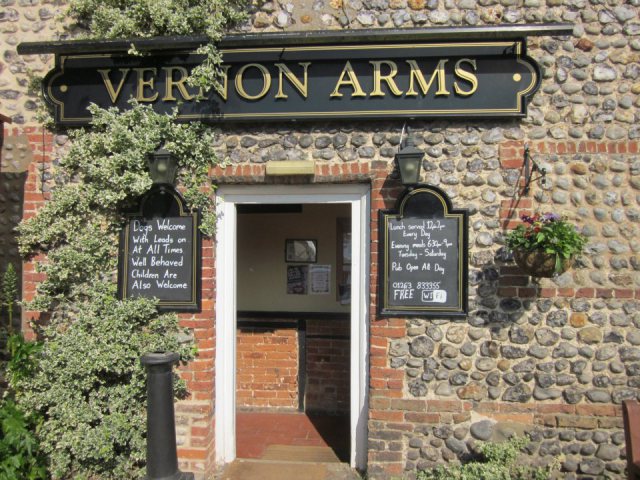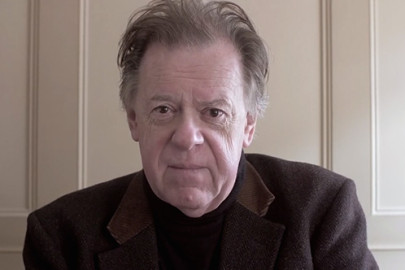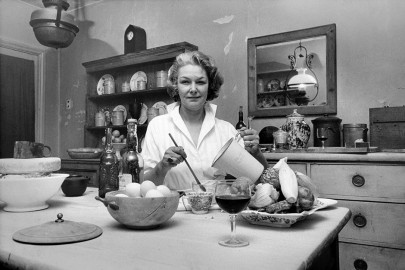Henry wonders whether a ‘Good Pub Guide’ actually has any pubs in it…
Due to the capricious workings of the UK Border Agency, we went on holiday to Norfolk last year rather than France as originally planned. One of the highlights of the trip was the pub next door to our cottage. The Vernon Arms in Southrepps is a proper pub; there’s plenty of space for those who just want to drink. It’s not fancy, it’s not gastro, they don’t tell you the lineage of the cow that goes into your pie and the chicken probably isn’t free range. The crab is awesome, of course, as it’s straight out of the sea. It had three well-kept real ales and a nice mixture of locals and holiday makers. In short, it’s the kind of pub that tourists probably think England is full of but is increasingly rare. A few days into our holiday we drove up the coast from Cromer towards King’s Lynn looking for somewhere to eat. Somewhere just past Beeston Regis the pubs change, they become a bit, how shall I put this, Farrow & Ball. The old sign has been taken down to be replaced with something in black and white. The only colour visible is a tasteful green. The insides have been stripped back to bare boards. The menu is expensive and needlessly complicated.
Now I’m not averse to gastropubs or gentificaton being rather gentrified myself especially if the choice is between that and frozen microwaved meals. It’s hard to make a living from a pub and it’s nice that some of them are thriving by moving up-market. Proper pubs are, however, increasingly hard-to-find which I why I was so pleased to be sent a copy of Sawday’s Pub Guide . One of the joys of books such as these is looking at areas of the country one knows and seeing which pubs have been included. On opening the book I immediately noticed a problem. Most of the pubs in this book aren’t really pubs. They’re hotels, or restaurants, or at a push, inns. In fact a typical entry will read ‘having trained with Marco Pierre White at the Gavroche, Tim and Jeremy bought this neglected pub in Herefordshire and have since wowed locals with their Italian-influenced cooking and all-Piedmontese wine list.’ As Tim and Jeremy have invested a lot of money in their pub and they’ve worked in London restaurants, they’re going to do some PR.
Take the Wheatsheaf in Northleach for example. The town is described as ‘a well-kept Cotswold secret’. Well maybe a secret as long as you don’t read any newspapers because this is where Kate Moss held one of her weddings. In fact the Wheatsheaf might be the best-publicised pub in the country. They even leave a book of press cuttings in each room. And of course it’s really a restaurant rather than a pub. The space for drinkers is tiny. There’s even a super-bright German sommelier called Angela who recommended an excellent Alsace Riesling for us. Again I’m not trying to knock this place. I’ve stayed here and had a lovely time but it’s not really a pub and if you google places to stay in the Cotswolds, this will come near the top of your list.
The restaurant theme continues in London. Choices include the Thomas Cubitt and Grazing Goat – sister pubs that share comically small portions, high prices and indifferently-kept beer, and the Anchor and Hope in Southwark – great food but why would you need a guide to find this place? What aren’t in the book are the old school unspoiled boozers that really are unknown or the new-wave ale houses that have completely changed how real ale is perceived in the capital. It wasn’t so long ago that it was hard to get a decent pint of bitter in London.
I can’t see who would buy this book. Pub lovers will look elsewhere and most of the places in this book aren’t exactly unknown. Sawday’s only seem interested in a sort of lifestyle, Farrow & Ball, Bodens Britain which though undeniably appealing, you don’t really need a guide to find. One of the ironies of gentrification is despite the shops and pubs remaining independent, towns start to look the same. I call the process Southwoldification after the pretty Suffolk town. Pubs that have been Southwoldefied are often lovely to visit – I just don’t want a whole book devoted to them.











My sister had her wedding reception at the grazing goat – I cant remember much about it food wise, but it was definitely a restaurant with a bar in it rather than a ‘pub’
Isn’t it better for those of us who prefer real pubs that they’re not in the guides, so they’re not overrun with visitors? In fact for a pub to be a really good real pub, it’s probably essential for it not to figure in the guides.
I realised after writing this that Southwoldefication isn’t quite fair as some of the Adnams-tied pubs in the town such the Nelson are still unspoiled or at least were last time I visited. Maybe Holtification or Burnham Market-efication would be more accurate.